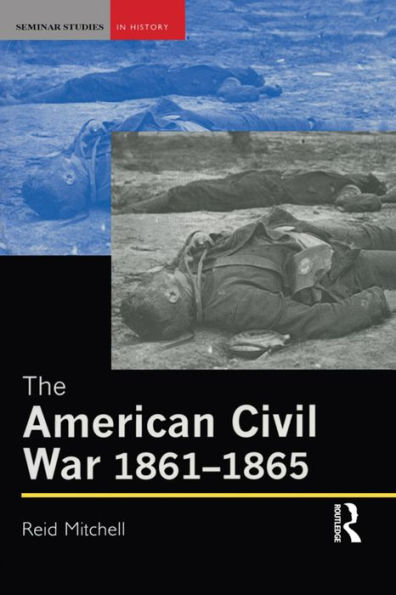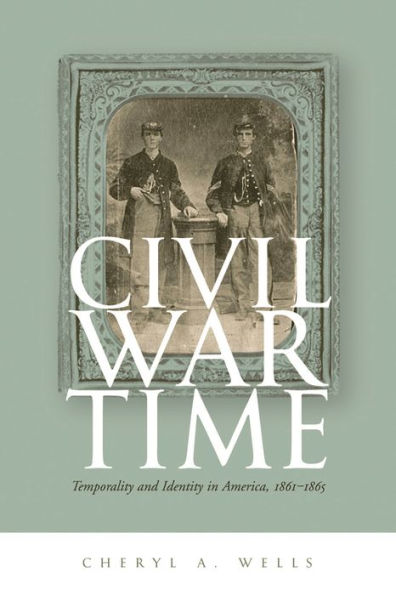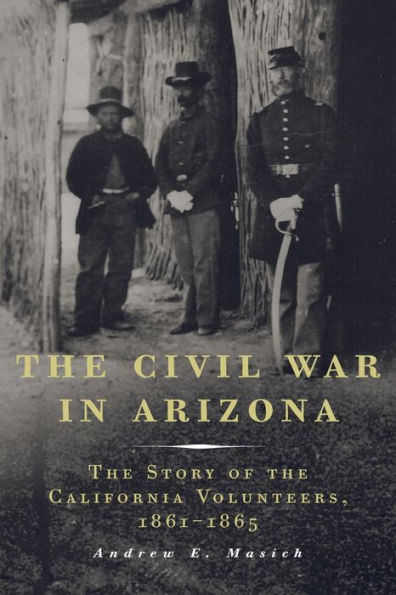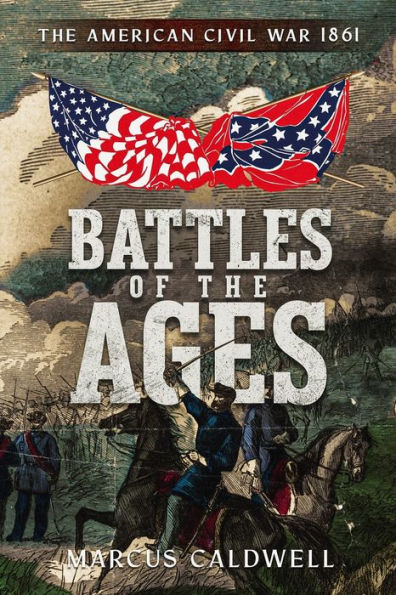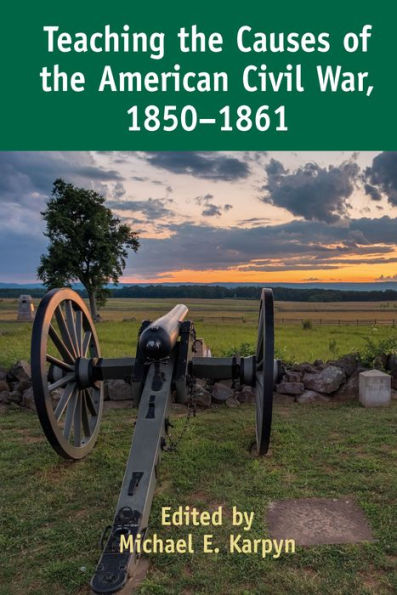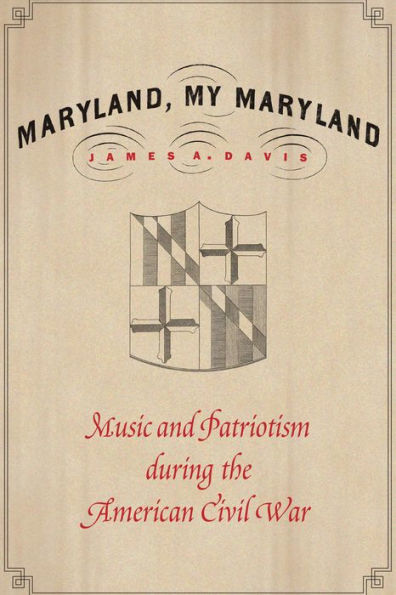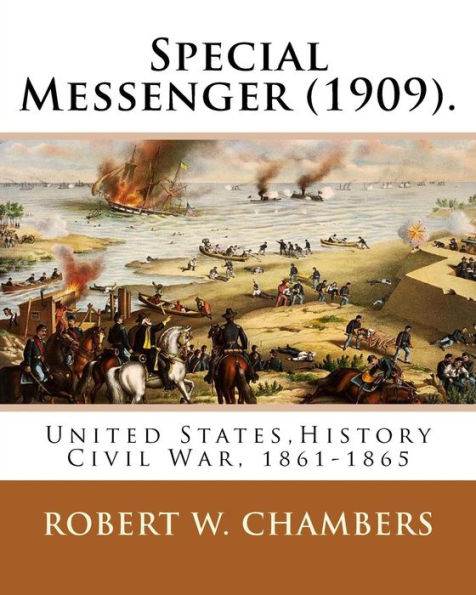Home
The Effects of Railroads on the Emergence of Operational Art During the American Civil War, 1861-1865
Barnes and Noble
Loading Inventory...
The Effects of Railroads on the Emergence of Operational Art During the American Civil War, 1861-1865 in Franklin, TN
Current price: $12.95
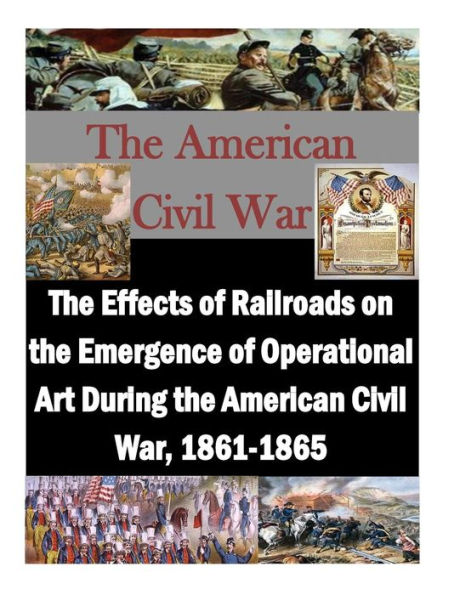
Barnes and Noble
The Effects of Railroads on the Emergence of Operational Art During the American Civil War, 1861-1865 in Franklin, TN
Current price: $12.95
Loading Inventory...
Size: OS
The American Civil War has been called the first modern war. Despite the multiple books on the subject and historical study dedicated to the Civil War, little has been written on the impact of the railroad on the emergence of operational art. Moreover, even less has been written about the management of the railroad itself being a contributing factor to the successful application of the railroad to support operational art. The general picture most historians have is that the railroads were a tool to be used to support operations. But without the proper management of the railroads they would not have been able to support the war effort. The Union was able to apply operational art to the use of railroads consistently throughout the war by doing two things. First, they put the management of the railroads under one supervisor and, secondly, they consistently paid the railroads for their services. Conversely, the Confederates never consolidated management of the railroads and did not consistently pay the railroads for their use, ultimately leading to their downfall. This book examines how both sides in the Civil War utilized railroads, how this affected the emergence of operational art, and how the proper management of the railroads supported the demands that the Army placed upon them.
The American Civil War has been called the first modern war. Despite the multiple books on the subject and historical study dedicated to the Civil War, little has been written on the impact of the railroad on the emergence of operational art. Moreover, even less has been written about the management of the railroad itself being a contributing factor to the successful application of the railroad to support operational art. The general picture most historians have is that the railroads were a tool to be used to support operations. But without the proper management of the railroads they would not have been able to support the war effort. The Union was able to apply operational art to the use of railroads consistently throughout the war by doing two things. First, they put the management of the railroads under one supervisor and, secondly, they consistently paid the railroads for their services. Conversely, the Confederates never consolidated management of the railroads and did not consistently pay the railroads for their use, ultimately leading to their downfall. This book examines how both sides in the Civil War utilized railroads, how this affected the emergence of operational art, and how the proper management of the railroads supported the demands that the Army placed upon them.
